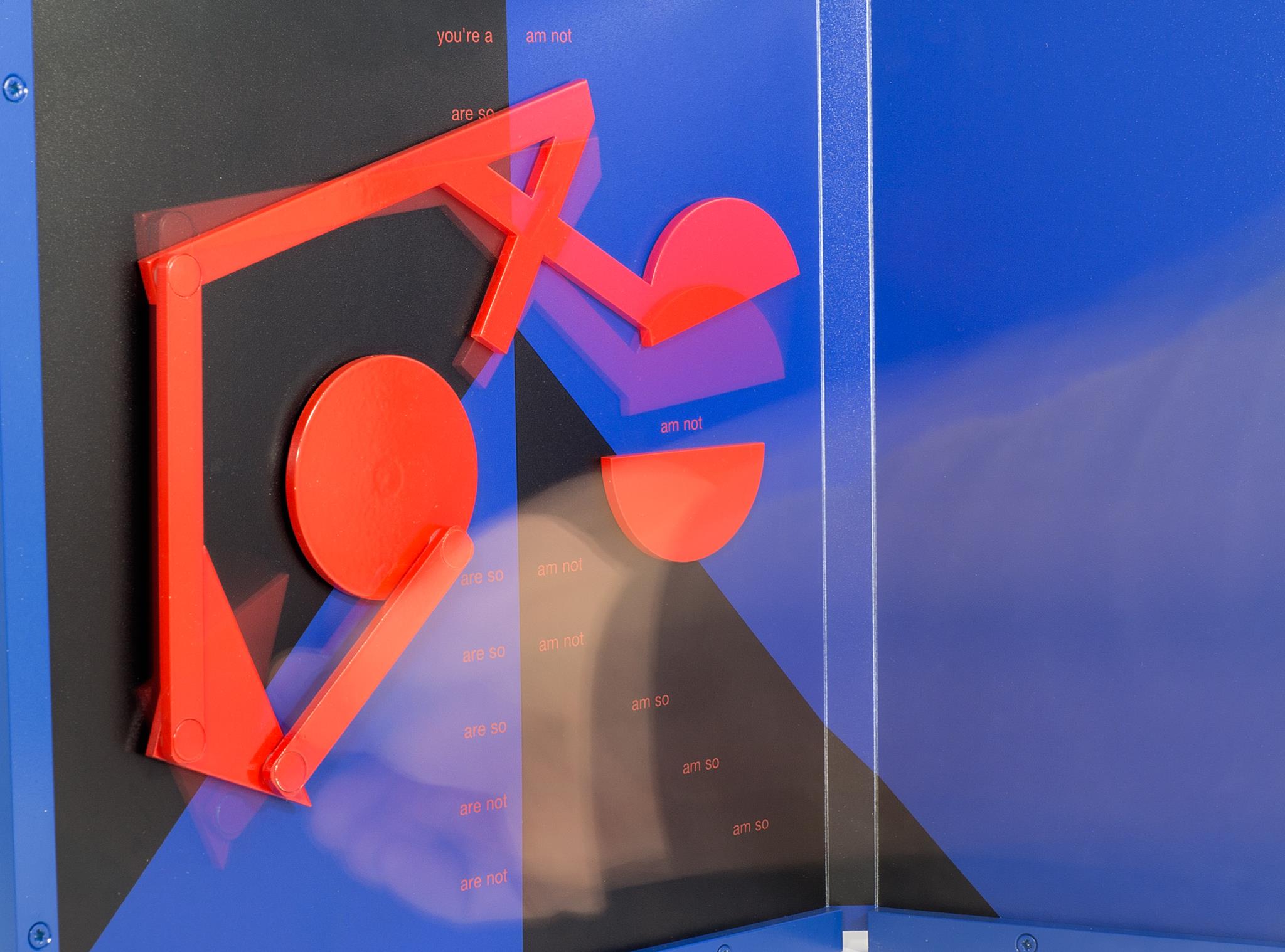
THE MECHANICAL WORD - VOL. 1-5
Discs, drivers, levers and gears are used to create mechanical metaphors and to give readers a new, physical tool with which to break down and examine the underlying meaning of words.
The idea of constructing a form of ‘mechanical’ language began as an exploration of the idea that ‘language pervades thought – with different languages causing their speakers to construe reality in different ways.’ (Stephen Pinker, 1994)
The first half of each volume contains a poem which illustrates how the machine acts as a part of speech. In the second half, the ‘machine’ is put to use in the context of a more complex ‘mechanical sentence’. By turning the crank, the reader activates the second poem and is forced to address the changes created on the page.
‘I wanted to use machines to look at the dynamic relationships – people and power relationships – that grammatical rules quietly and sometimes noisily suggest.’
Artist publication comprising CAD machined aluminium and silkscreened polypropylene, 4pp, limited to 15 signed copies, with silkscreened polypropylene slipcase. Karen Bleitz, poems by Richard Price, 2005
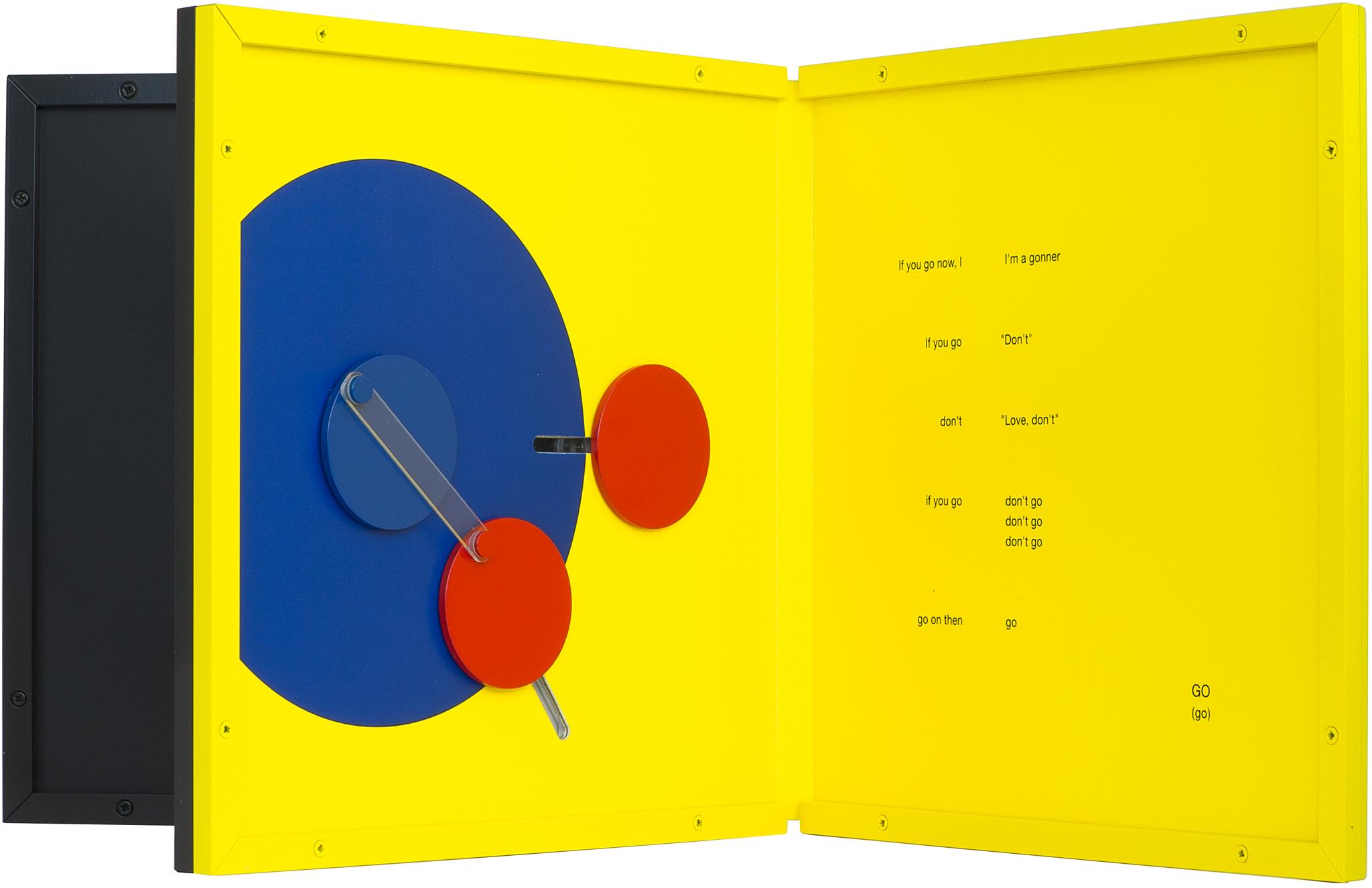
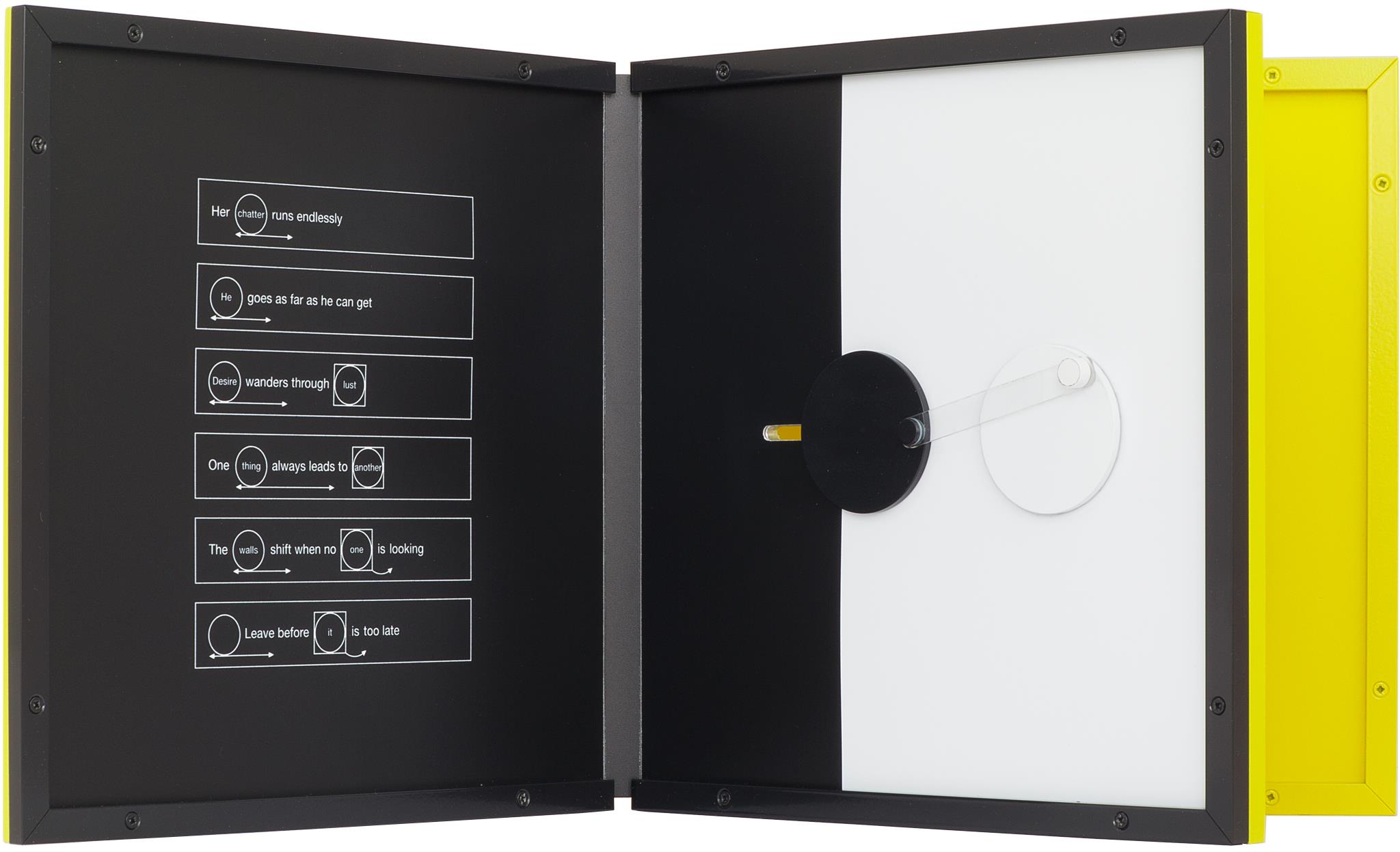
Why machines?
“Though we’re not always conscious of it, words are some of the most easily manipulated elements in our daily lives. Throughout the day, we constantly massage and reorder words and letters to create a new meaning or to elicit a reaction.
What if, however, words couldn’t be jockeyed? What dialogue would that bring about?
Richard Price, a poet, and Karen Bleitz, a book designer, set out to answer that question by designing a mechanical book of poetry in which words in the poem change based on cranks turned in the physical book.
Why machines?
In mechanical functions, Bleitz says, we find structures that aren’t so easy to toy with.
‘They have fixed laws and rules that regulate their use,’ she says. ‘One cog will always push the next cog in the exact same way — every time. And if two parts don’t t or add up — the machine just doesn’t work.’
By interacting with machines, Bleitz says, readers are able to carve out their own experience and understand how written words impact their emotions.
‘The reader must interact with the mechanical poems in a physical way,’ she says. ‘The speed and ow of the movement is determined by the mood and temperament of the crank- turner. Machines can be quite funny or angry — depending on how they are activated.’”
Eli Epstein – 9 Innovative Methods for Modern Storytelling Mashable.com. New York; July 2014
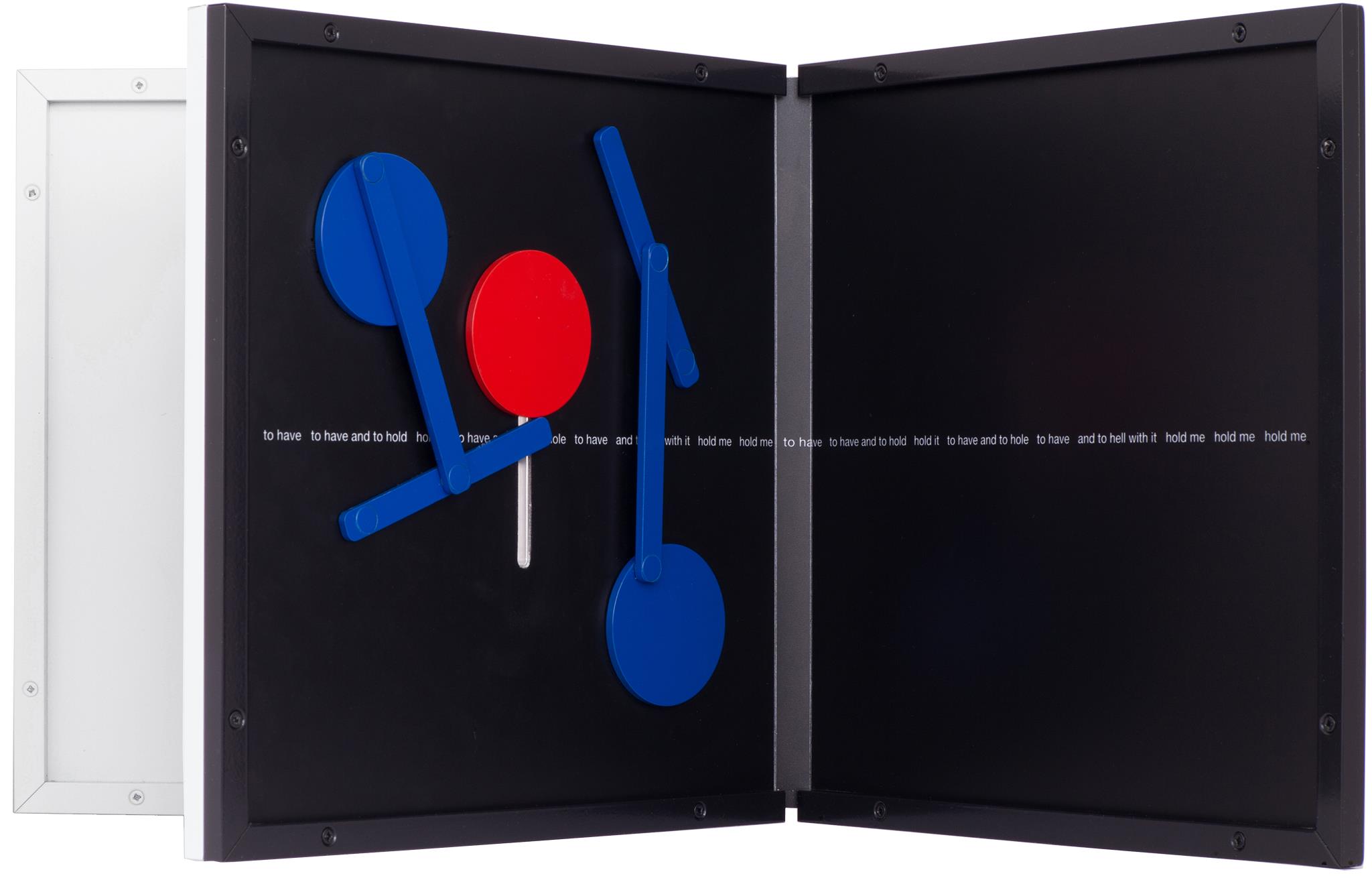
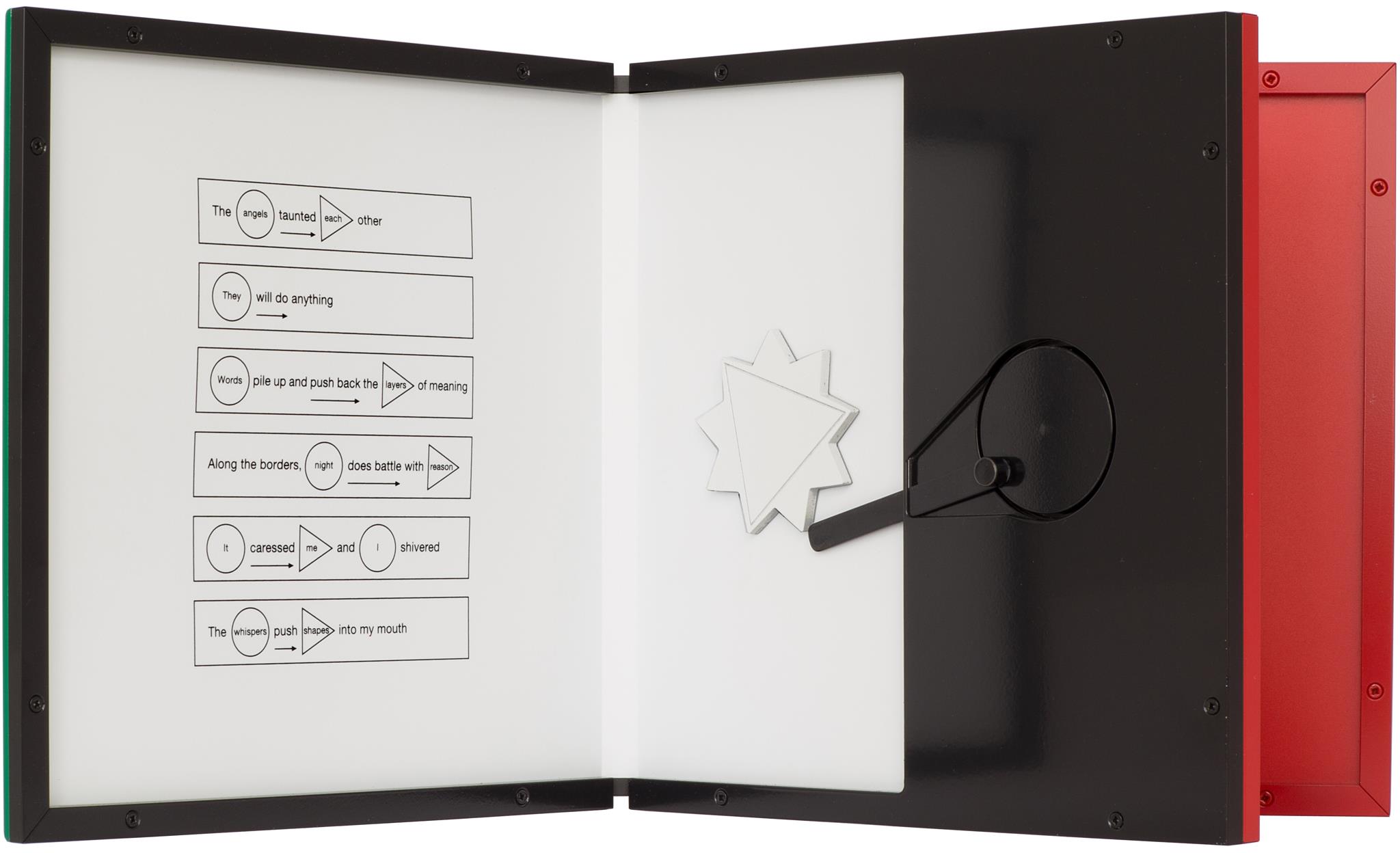

Richard Price, poet
Richard Price was born in 1966 and grew up in Scotland. He trained as a journalist at Napier College, Edinburgh, before studying English at the University of Strathclyde, Glasgow. The youngest of the Informationist group of poets, he was a founder of the magazines associated with them, Gairfish and Southfields. He also co-founded Vennel Press, the imprint which brought many of the earlier Informationist collections to a wider audience.
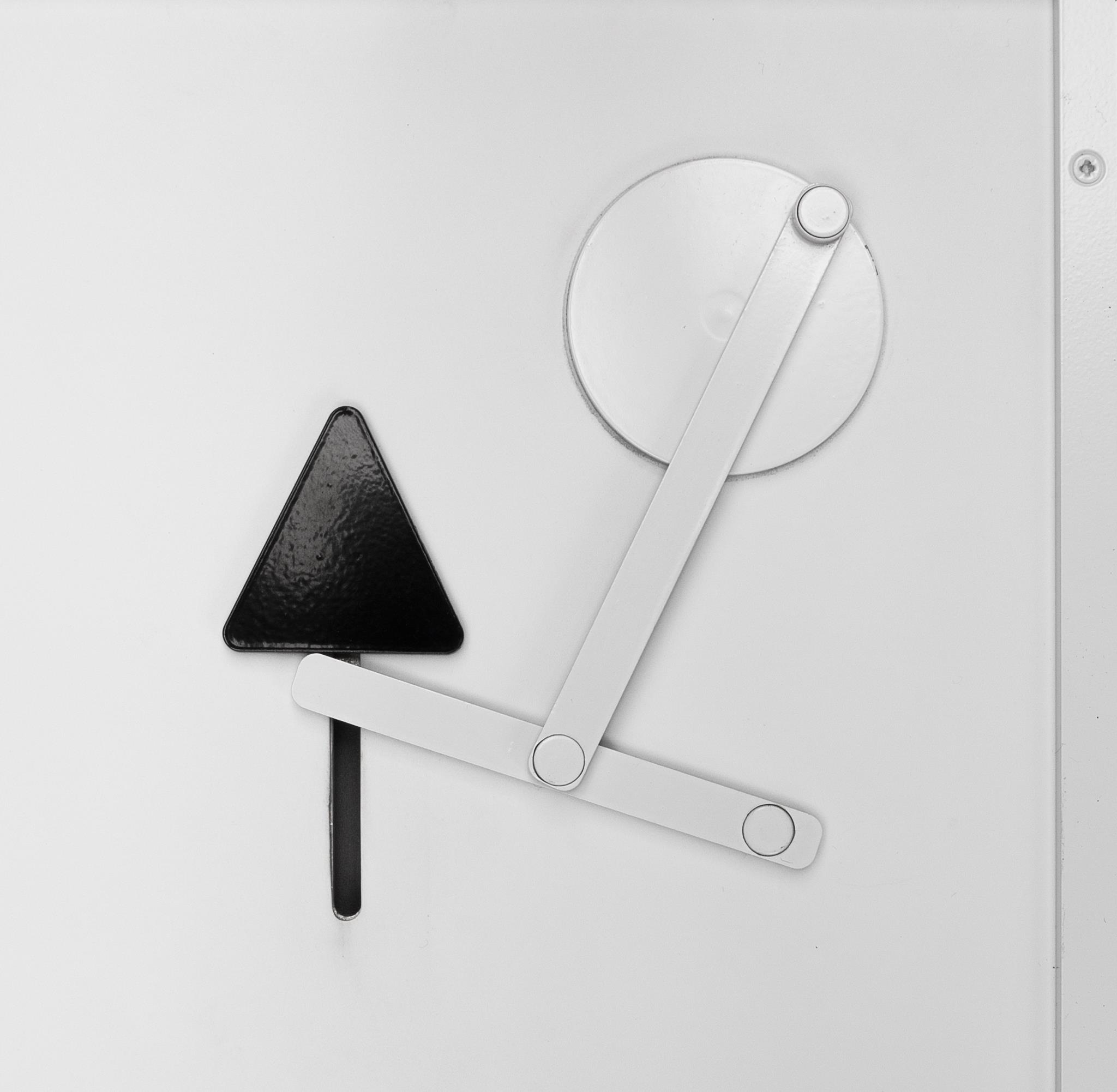
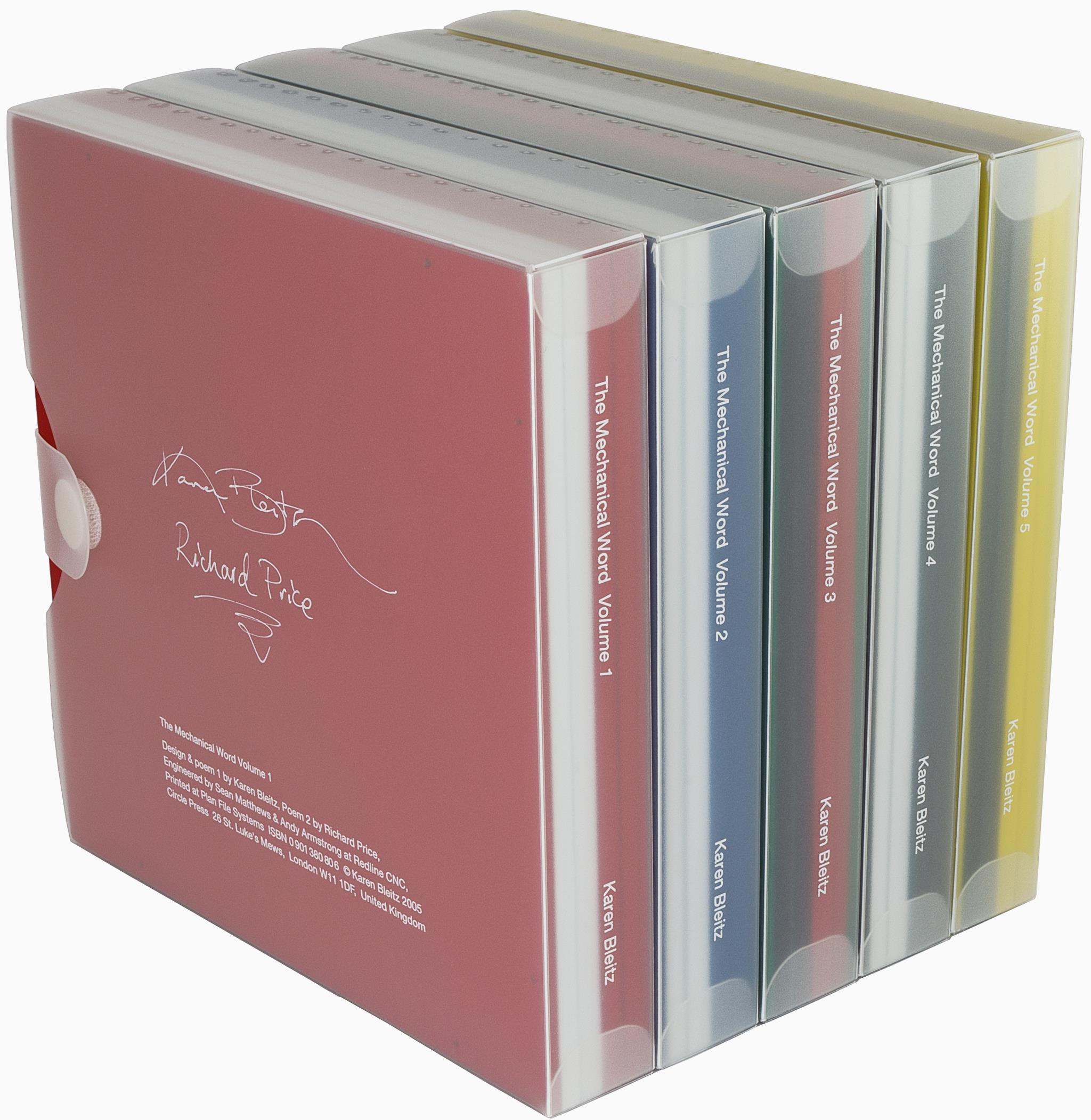
Selected Exhibitions
University of Johannesburg – TEXTures, South Africa
London Print Studio Gallery – Circle and Arc, London, UK
Topographie de l’Art – Art / Book Contemporary Days / Paris, Paris, France
Klingspor Museum – Arc Unbound, Offenbach, Germany
Arizona Museum for Youth – Outside the Book, Mesa, AZ
Courtauld Institute of Art – Culture Bound, London, UK
Collections
Stanford University, Palo Alto, CA
Jack Ginsberg Collection of Book Arts, South Africa • Lafayette College, Easton, PA
Lafayette College, Easten, PA
Nabi Art Center Collection, Seoul, Korea
Bowdoin, Brunswick, ME, USA
Jan Michalski Foundation, Switzerland
Private collections
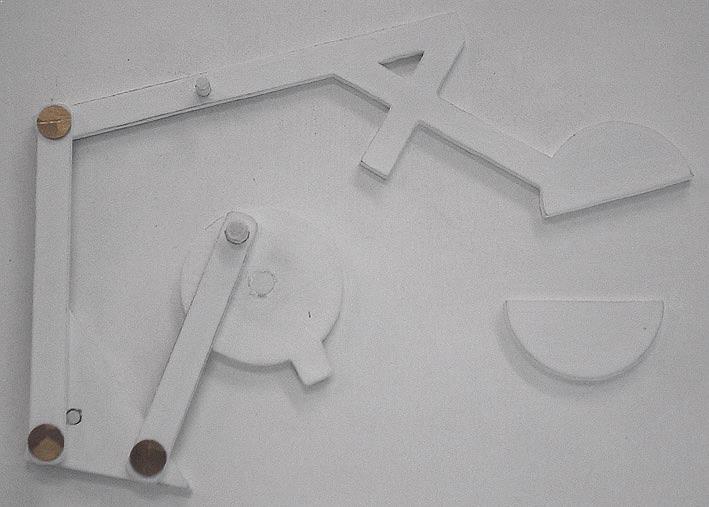
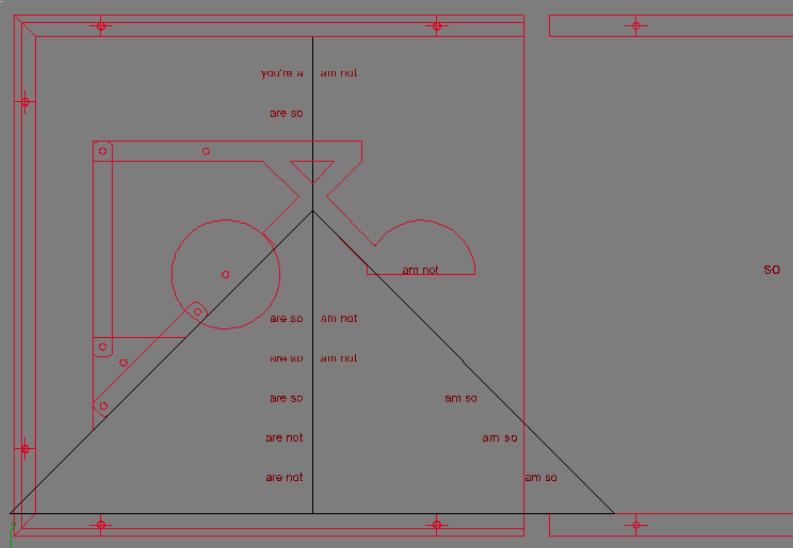
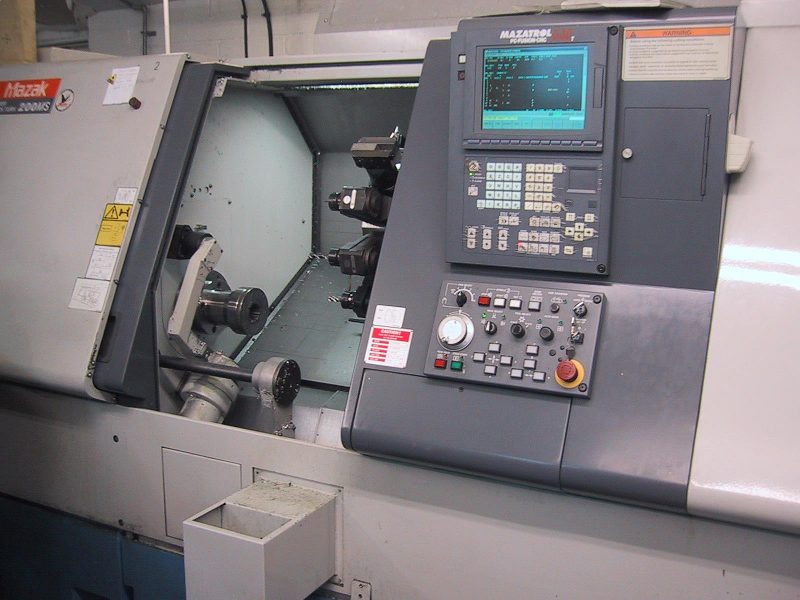
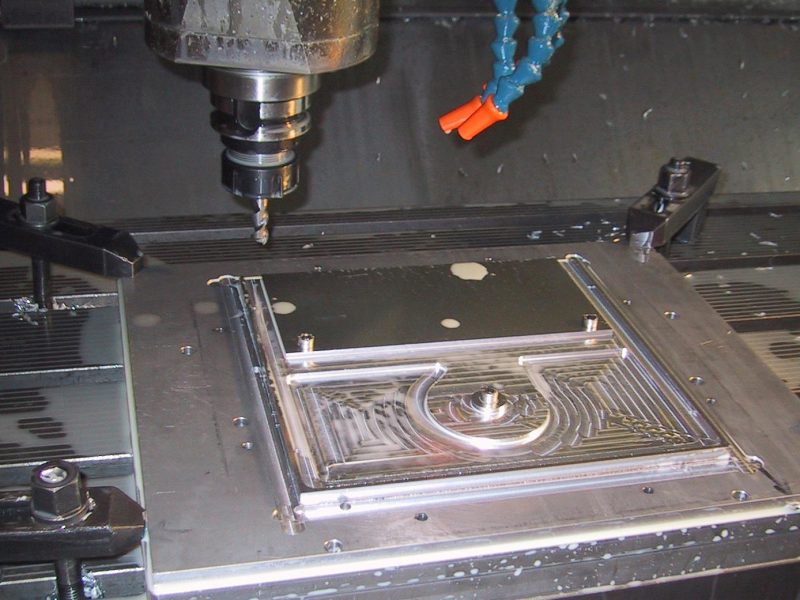
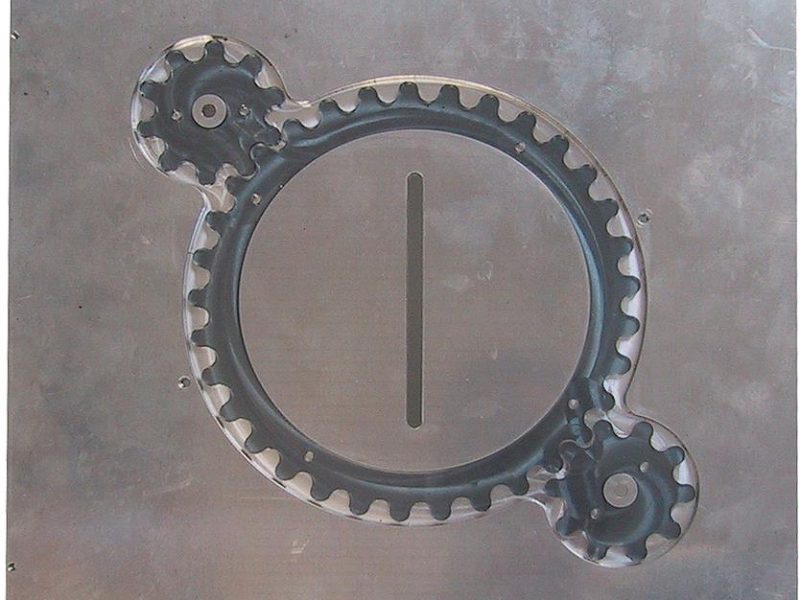
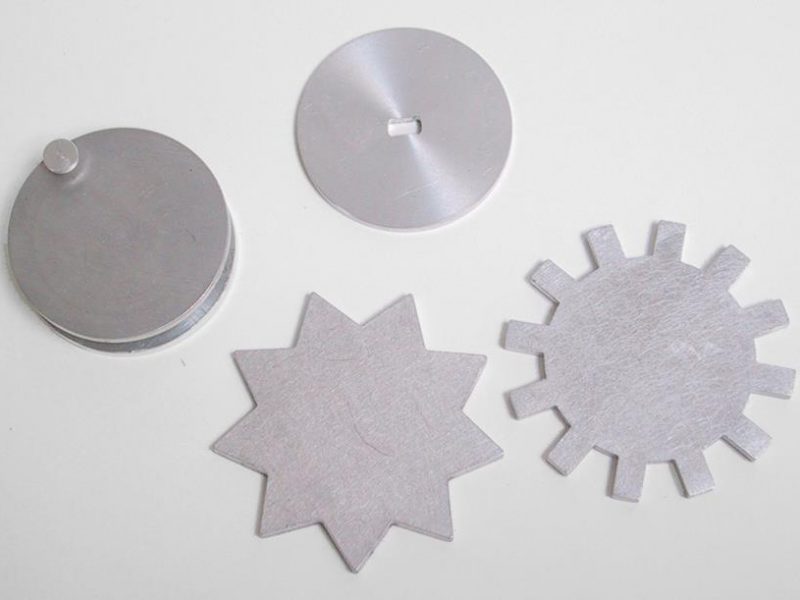
Click here to see the machines in action in the 2009 Codex Symposium talk by Karen Bleitz